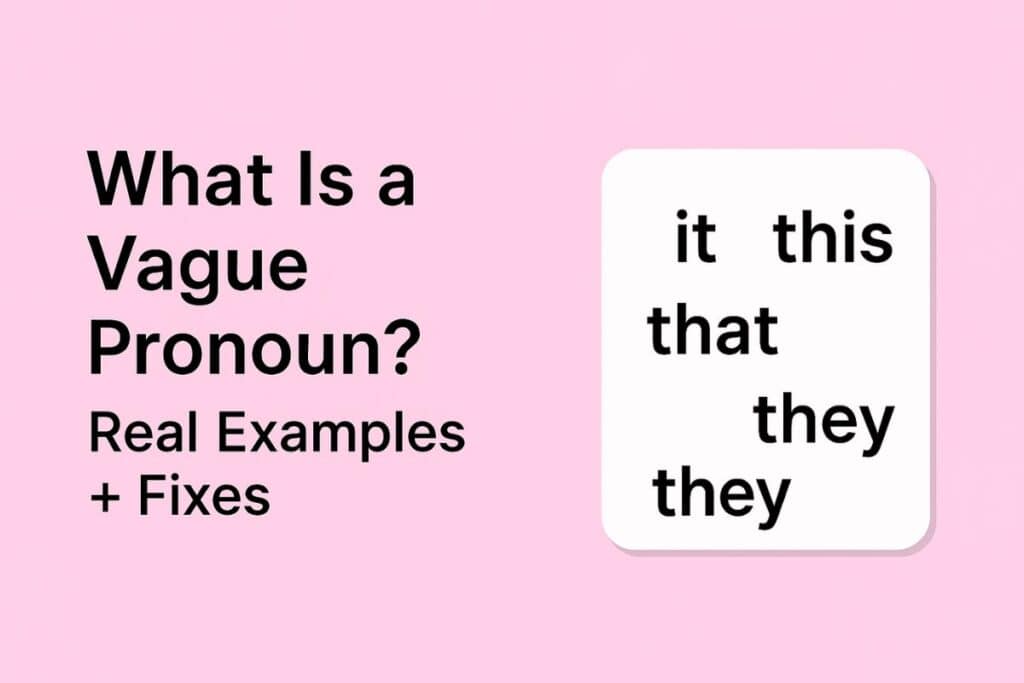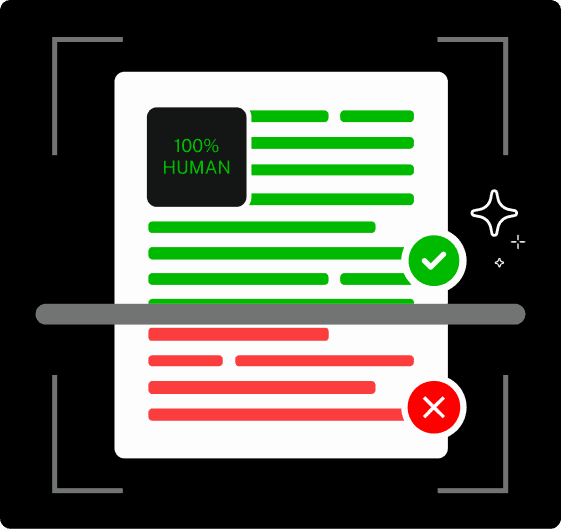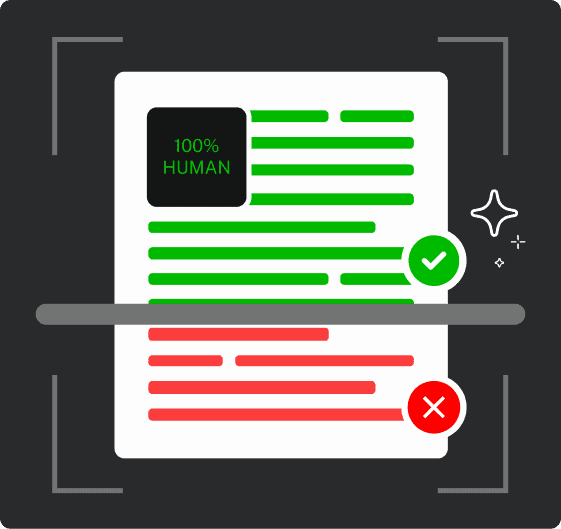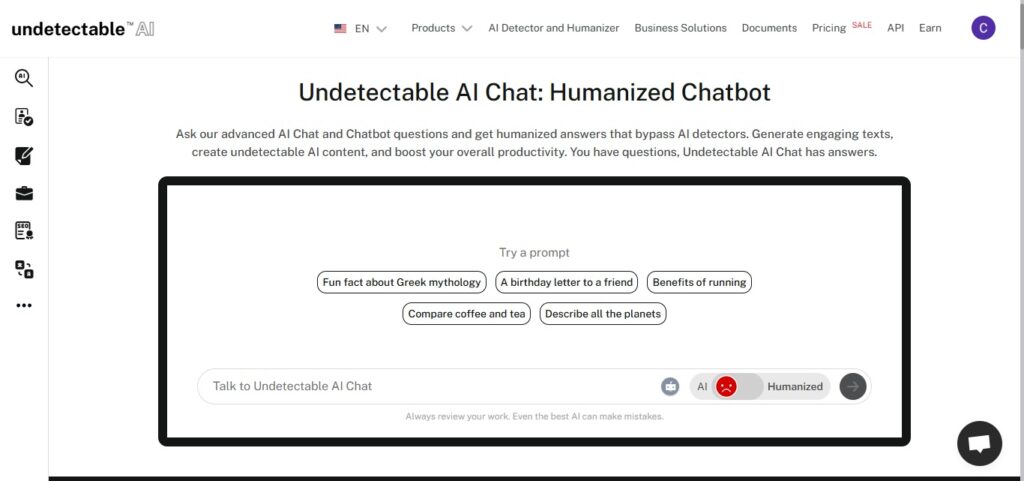Remember that episode of Friends where Ross reads Rachel’s 18-page letter? Front and back?
Later, when they argue about it, Ross yells, “It was a mistake!” And Rachel goes, “What was?”
Boom. That’s a vague pronoun in action.
When Ross said “it”, he knew what he meant. But Rachel (and honestly, all of us watching) was like, Wait… what are you even referring to?
That’s the whole problem with vague pronouns.
Words like it, this, that, or they sound fine in your head, but if your reader doesn’t know exactly what you’re referring to, your sentence falls apart.
In this blog, we’ll walk through what is a vague pronoun, how to spot one in your writing, and how to fix it with real and easy-to-follow examples.
Key Takeaways
- A vague pronoun is when a word like it, this, that, or they is used without clearly saying what it refers to.
- Vague pronouns can make it difficult for readers to understand who or what you’re talking about.
- Clear writing needs clear pronouns, especially in business or academic settings where misunderstandings can be costly.
- You can fix vague pronouns by naming the exact person or thing you’re referring to or by adding more context.
Definition of a Vague Pronoun

A vague pronoun is a pronoun that doesn’t clearly refer to a specific noun. In other words, it leaves your reader wondering who or what you are talking about.
Pronouns like it, this, that, they, he, she, and which are meant to replace nouns, but if the original noun (called the antecedent) isn’t clear, your sentence becomes confusing.
For example, read this sentence:


Never Worry About AI Detecting Your Texts Again. Undetectable AI Can Help You:
- Make your AI assisted writing appear human-like.
- Bypass all major AI detection tools with just one click.
- Use AI safely and confidently in school and work.
Jess told Mia she needed to work on her project.
Who needed to work on the project, Jess or Mia? The pronoun she is vague here because it could refer to either person.
Vague pronouns might not seem like a big deal, but they can change the entire meaning of a sentence.
Or worse, they could leave your audience totally lost. And when you’re writing an email, blog post, school essay, or even a caption, you can’t compromise on clarity.
I’ll show you how to fix these next. But first, let’s look at some real examples to see how vague pronouns sneak in and mess with your message.
Vague vs. Clear Pronoun Reference
Now you know vague pronouns can cause confusion, but what does a clear pronoun look like in comparison?
Take this sentence to understand what is a vague pronoun reference:
“The team emailed the client after reviewing the contract, but they were still confused.”
Who’s they? The team or the client? It’s unclear…that’s a vague pronoun.
Now let’s make it clear:
“The team emailed the client after reviewing the contract, but the client was still confused.”
Much better, isn’t it? Now the reader doesn’t have to guess who was confused.
When a pronoun clearly connects to one specific noun, your sentence flows better and your reader stays with you.
If there’s even a moment of doubt, it’s worth rewriting for clarity.
Examples of Vague Pronouns
Here are a few everyday sentences where vague pronouns trip up your meaning:
- “The committee met with the board, but it didn’t agree.”
– Who didn’t agree—the committee or the board? That it is hiding too much. - “After reviewing the results, she said it would be better to wait.”
– Who is she? And what is it—the results, the timing, or something else entirely? - “They promised to fix the issue, and then it didn’t happen.”
– Who’s they, and what exactly didn’t happen? You’ve lost your reader somewhere.
I recommend using Undetectable AI’s Ask AI tool if you’re having trouble spotting these vague pronouns.
It can be a godsend if you use it to flag unclear pronoun references in context.

Bonus tip? Once you’ve identified a vague pronoun, simply replace it with a clear noun or noun phrase.
For example:
- Vague: “They said it would improve.”
- Clear: “The marketing team said the update would improve customer experience.”
Why Vague Pronouns Are a Problem
Vague pronouns may seem harmless, but they significantly disrupt the reading experience.
You’ve learned what is a vague pronoun. It’s time for you to understand why they’re worth fixing.
1. They confuse your reader
The biggest issue? Vague pronouns leave your reader wondering who or what you’re talking about.
This slows down comprehension and forces people to backtrack and reread. In everyday communication, this is a fast way to lose your reader’s attention.
2. They weaken your message
Writing that relies on vague pronouns often feels soft or uncertain. Instead of making a bold, clear point, your meaning gets buried under general terms like this, that, or it.
This makes your writing less persuasive or impactful.
3. They make you sound unprofessional
In business, academic, or client-facing writing, unclear pronouns can come across as lazy or careless.
Readers may assume you didn’t proofread, or worse, that you don’t fully understand what you’re saying. That’s a problem when you’re trying to build trust or credibility.
4. They lead to misunderstandings
Vague language opens the door to misinterpretation. A single unclear pronoun can shift the entire meaning of a sentence, especially in instructions, contracts, or important communication.
5. They disrupt tone and clarity
Even in casual writing, a vague pronoun can make a sentence feel clunky or awkward. Clear references help your tone sound more confident, thoughtful, and easy to follow.
How to Identify a Vague Pronoun

Vague pronouns can easily slip by if you don’t know what to look for.
Here is how you can find them:
- Look for pronouns with no clear noun before them: Pause and check if a sentence starts using it, this, that, they, he, or she, but you’re not sure who or what it’s referring to. A pronoun should clearly point back to one specific noun. If it doesn’t, it’s vague.
- Watch for multiple nouns before the pronoun: When more than one person, object, or group is mentioned, and a pronoun follows, make sure it’s obvious who or what the pronoun refers to.
- Flag stand-alone pronouns at the beginning of sentences: Sentences that start with this, that, or it without context often lead to confusion. These pronouns need a strong connection to the sentence before.
- Check for reader perspective: You may know what it means in your head, but would someone reading your sentence for the first time understand it right away? If not, it’s time to clarify.
How to Fix a Vague Pronoun
So you’ve spotted a vague pronoun in your sentence. Now what?
The good news is, fixing vague pronouns doesn’t require knowledge of any fancy grammar rules.
Most of the time, it’s just about asking yourself if someone else would understand what you’re talking about here.
Try these:
- Say Exactly Who Or What You Mean
This is the simplest (and often best) fix. If your pronoun is vague, just replace it with the specific noun it’s meant to refer to.
Vague: “They said it was a bad idea.”
Clear: “The board of directors said the budget proposal was a bad idea.”
Sure, it adds a few more words, but it makes your meaning 100% clear.
- Add A Little Context
Sometimes the sentence just needs a bit more information so the reader isn’t left guessing.
Vague: “After Mia spoke to Clara, she changed her mind.”
Better: “After Mia spoke to Clara, Clara changed her mind about the schedule.”
Now we’re not left trying to guess who did what.
- Pair “This” Or “That” With A Noun
Words like this or that can sound vague if they’re just floating in a sentence by themselves. Instead, pair them with a descriptive noun.
Vague: “This was annoying.”
Clear: “This delay in the delivery process was annoying.”
It adds clarity and makes your sentence sound more thoughtful and polished.
- Split Long, Confusing Sentences
If a sentence is overloaded with people, things, or ideas, and you’re using a pronoun to wrap it all up, it’s probably better to break it into two simpler thoughts.
Vague: “Taylor met with the finance and marketing teams before the launch, but they weren’t sure it was ready.”
So… who wasn’t sure? What wasn’t ready?
Clear: “Taylor met with the finance and marketing teams before the launch. The marketing team wasn’t sure the website was ready.”
Shorter, cleaner, clearer.
Vague Pronouns in Academic and Business Writing
In everyday writing, a vague pronoun might just cause a moment of confusion.
But in academic or business settings, it can do a lot more damage.
When you’re writing a research proposal or paper, a client report, or an internal memo, every word has to be clear because unclear language can lead to misinterpretation, bad decisions, or a loss of credibility.
Sentences like “They decided it wasn’t a good idea” might make sense in your head, but in a professional context, that kind of vagueness leaves people guessing: who decided? What wasn’t a good idea?
In academic writing, vague pronouns weaken your arguments. A sentence like “This proves the theory” isn’t strong unless it’s clear what this actually refers to.
Reviewers and professors expect precision. If they have to pause to figure out what you meant, your point loses power.
In business writing, the risks are even higher.
If a report includes they or it without a clear reference, it can result in misunderstandings between teams or departments.
If you want help making sure your pronouns are clear, try using Undetectable AI’s AI Chat. It’s a smart writing assistant that gives you instant, interactive feedback.
You can paste in a sentence and ask things like, “Is this clear?” or “Is my use of ‘they’ too vague?” and it’ll point out exactly where clarity is missing.

Detect AI-generated content and humanize it effortlessly—get started below.
FAQs About Vague Pronouns
Are All Pronouns Potentially Vague?
Yes. Any pronoun can be vague if the noun it refers to isn’t clearly stated or obvious from the surrounding context.
Can You Use “It” or “They” at the Start of a Sentence?
Yes, but only if the noun being referred to is clear from the previous sentence or immediately understood by the reader. Otherwise, the pronoun will be vague.
How Do You Know When a Reader Might Be Confused?
If a sentence has multiple nouns before the pronoun, or if the reference isn’t obvious, your reader is likely to get confused.
Are Vague Pronouns Acceptable in Casual Writing?
Occasionally, yes. In casual writing or conversation, slight ambiguity is often tolerated, but clarity is still better for effective communication.
Final Thoughts
It’s truly wild how a single word like it or they can throw off your entire point if it’s not clear who you’re talking about.
That one vague word can make your sentence feel clear or completely forgettable.
So the next time you wonder what is a vague pronoun, remember: it’s not just a language issue, it’s a clarity issue.
And clarity always wins. Because the clearer your writing, the stronger your message.
Let Undetectable AI help you write with clarity, every time.
